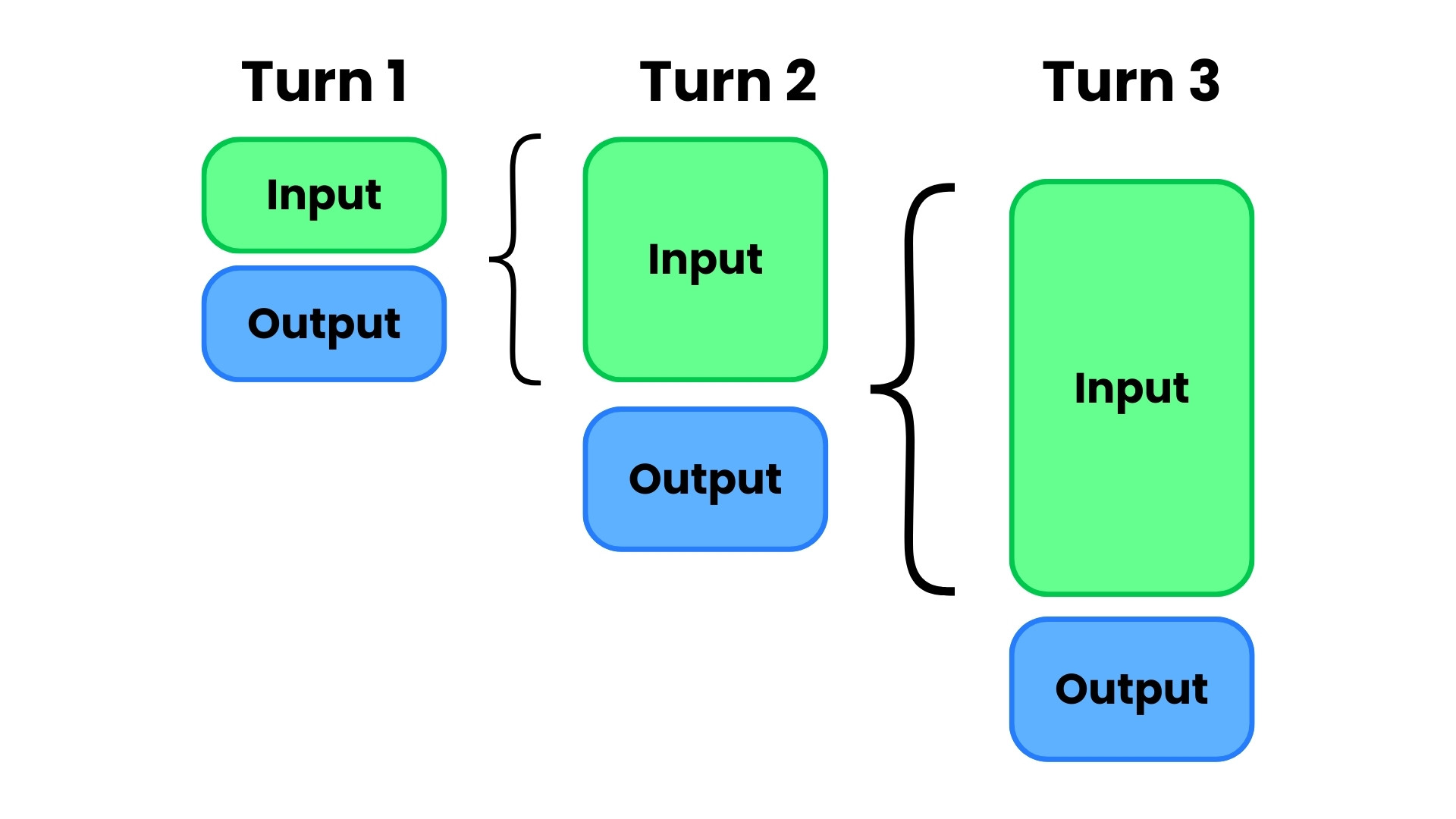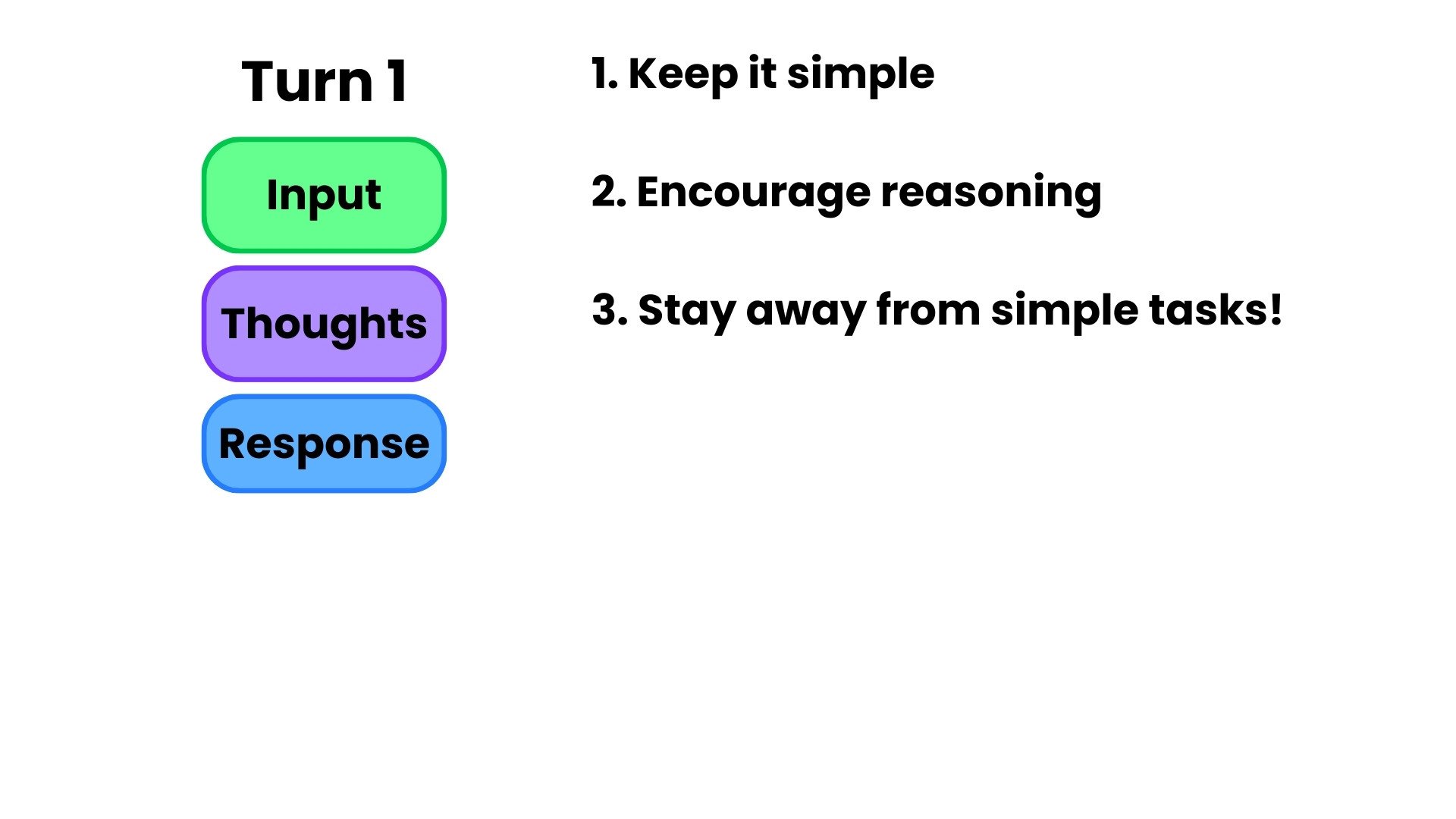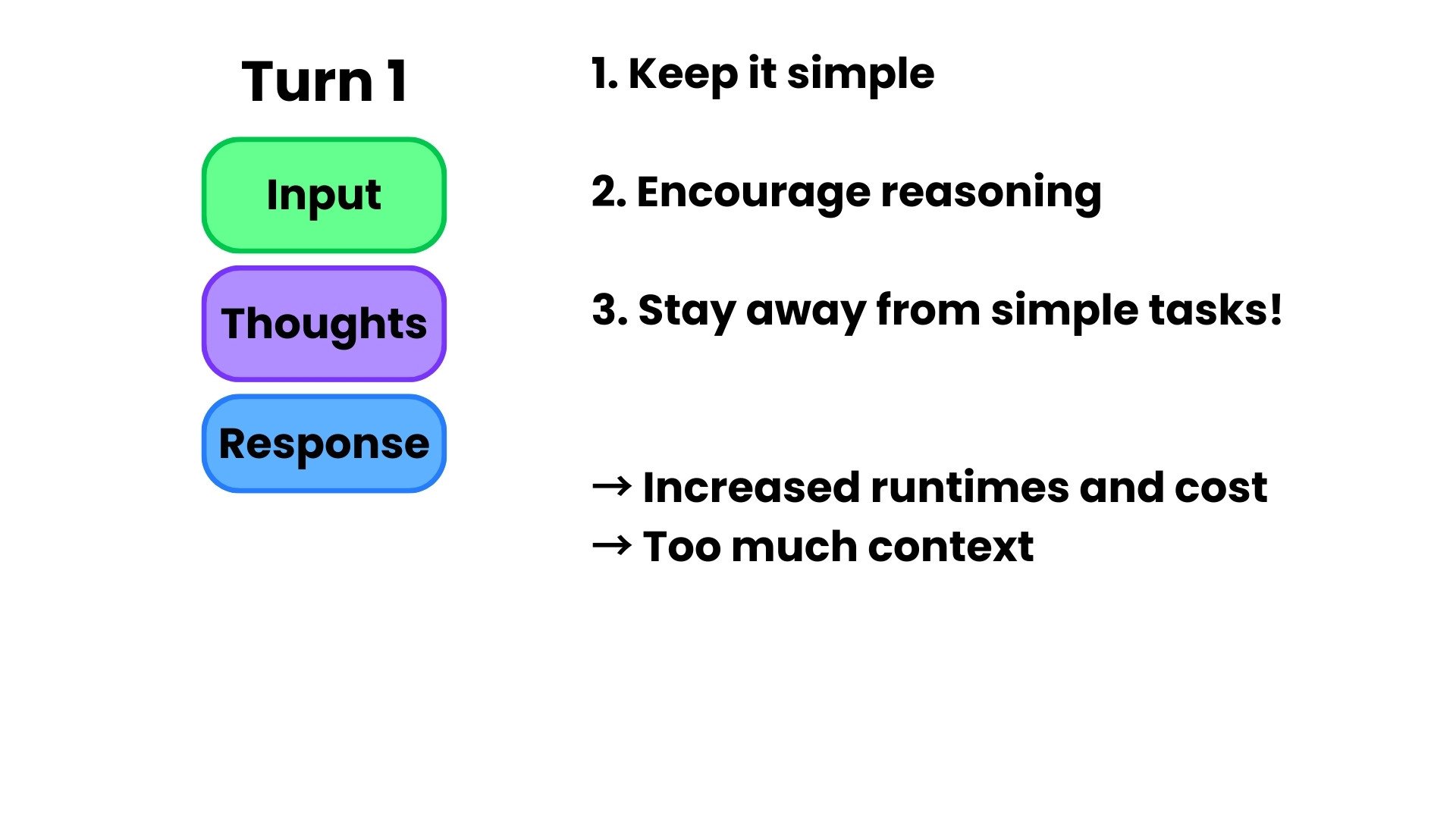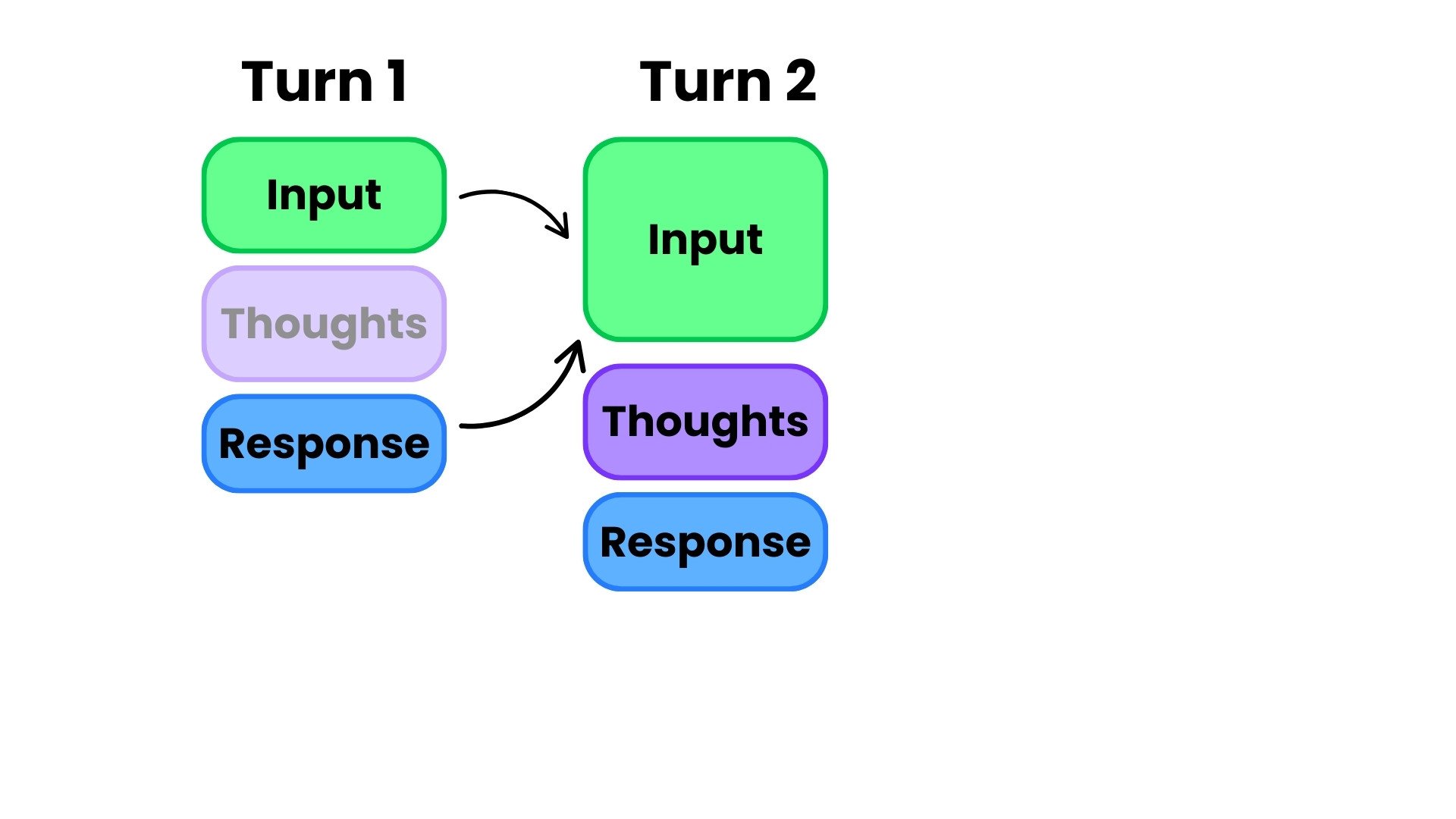Building a coding chatbot with DeepSeek R1
Working with DeepSeek in Python

James Chapman
Curriculum Manager, DataCamp
Current approach

Problems with reasoning

Problems with reasoning

Problems with reasoning

The reasoning approach

The reasoning approach

Trimming thoughts
Extract thinking tokens
import re
match = re.search(r'<think>(.*?)<\/think>', response_content, re.DOTALL)
think_content = match.group(1).strip()
print(think_content)
Remove thinking tokens
final_response = re.sub(r'<think>[\s\S]*?<\/think>\s*', '', response_content, re.DOTALL)
print(final_response.strip())
Coding a reasoning chatbot
"system"messages shouldn't be used with reasoning models
messages = []
user_msgs = [code_to_debug, follow_up]
for q in user_qs: user_dict = {"role": "user", "content": q} messages.append(user_dict) response = client.chat.completions.create(model="deepseek-ai/DeepSeek-R1", messages=messages)final_response = re.sub(r'<think>[\s\S]*?<\/think>\s*', '', response.choices[0].message.content, re.DOTALL) assistant_dict = {"role": "assistant", "content": final_response.strip()}messages.append(assistant_dict)
Let's practice!
Working with DeepSeek in Python

